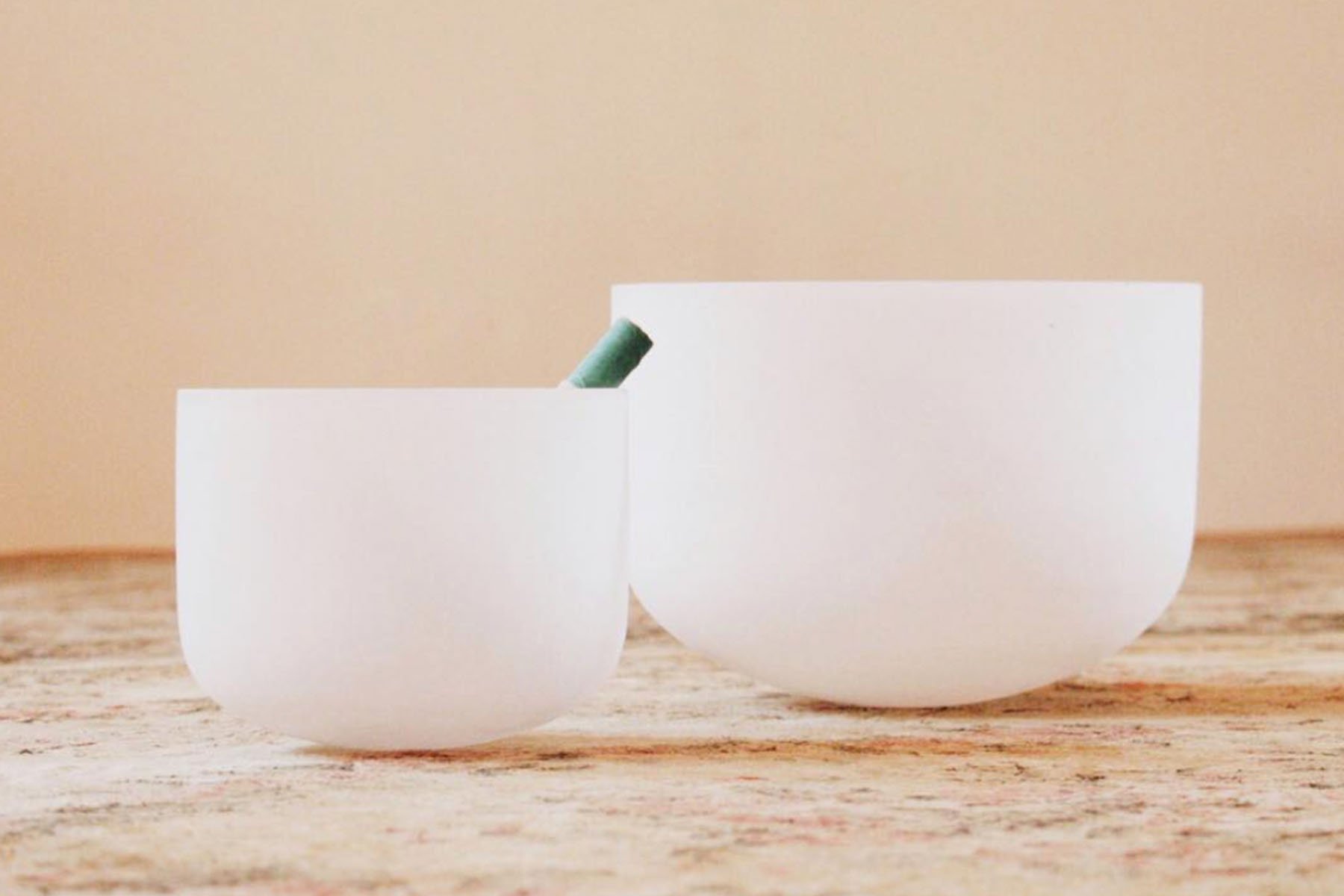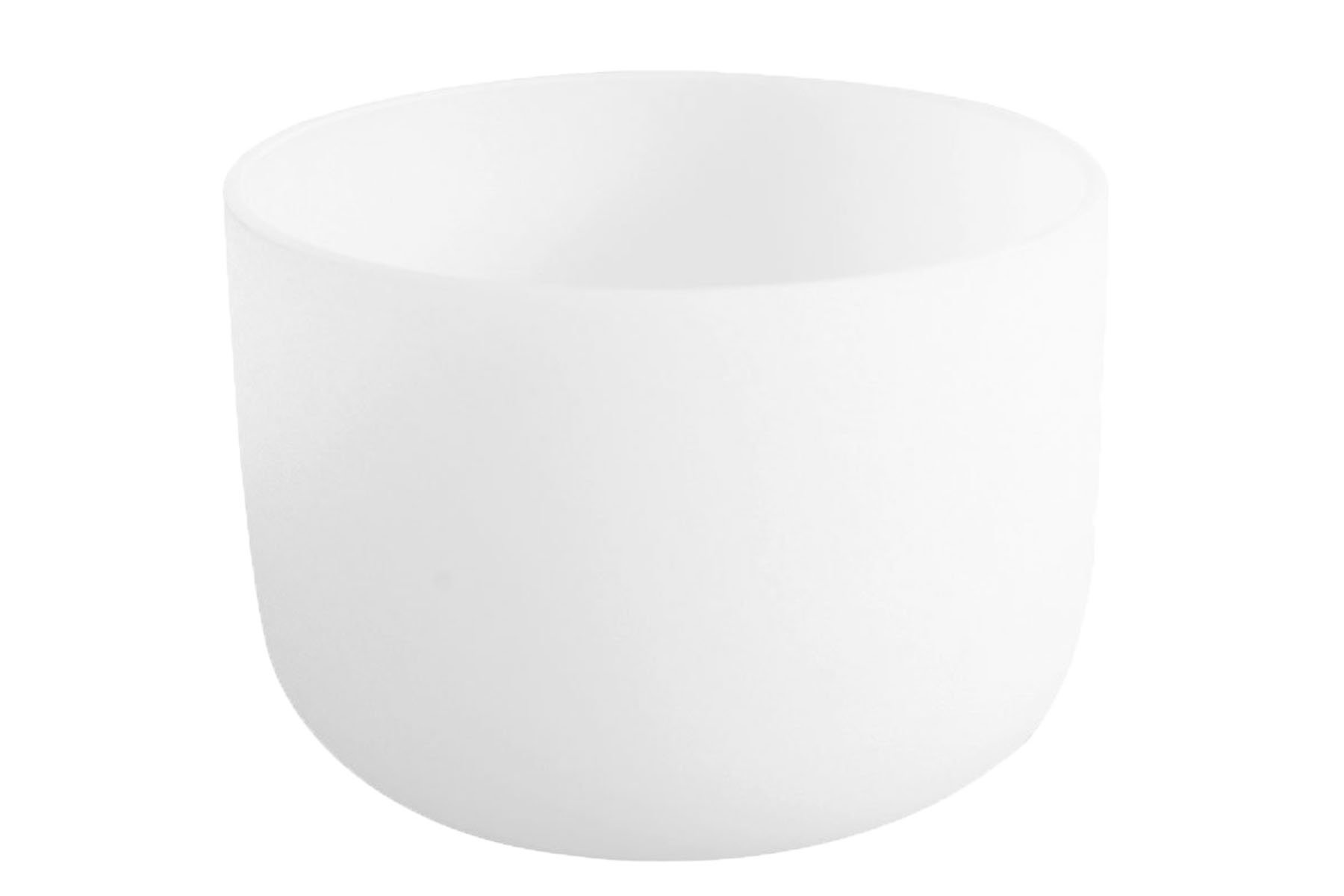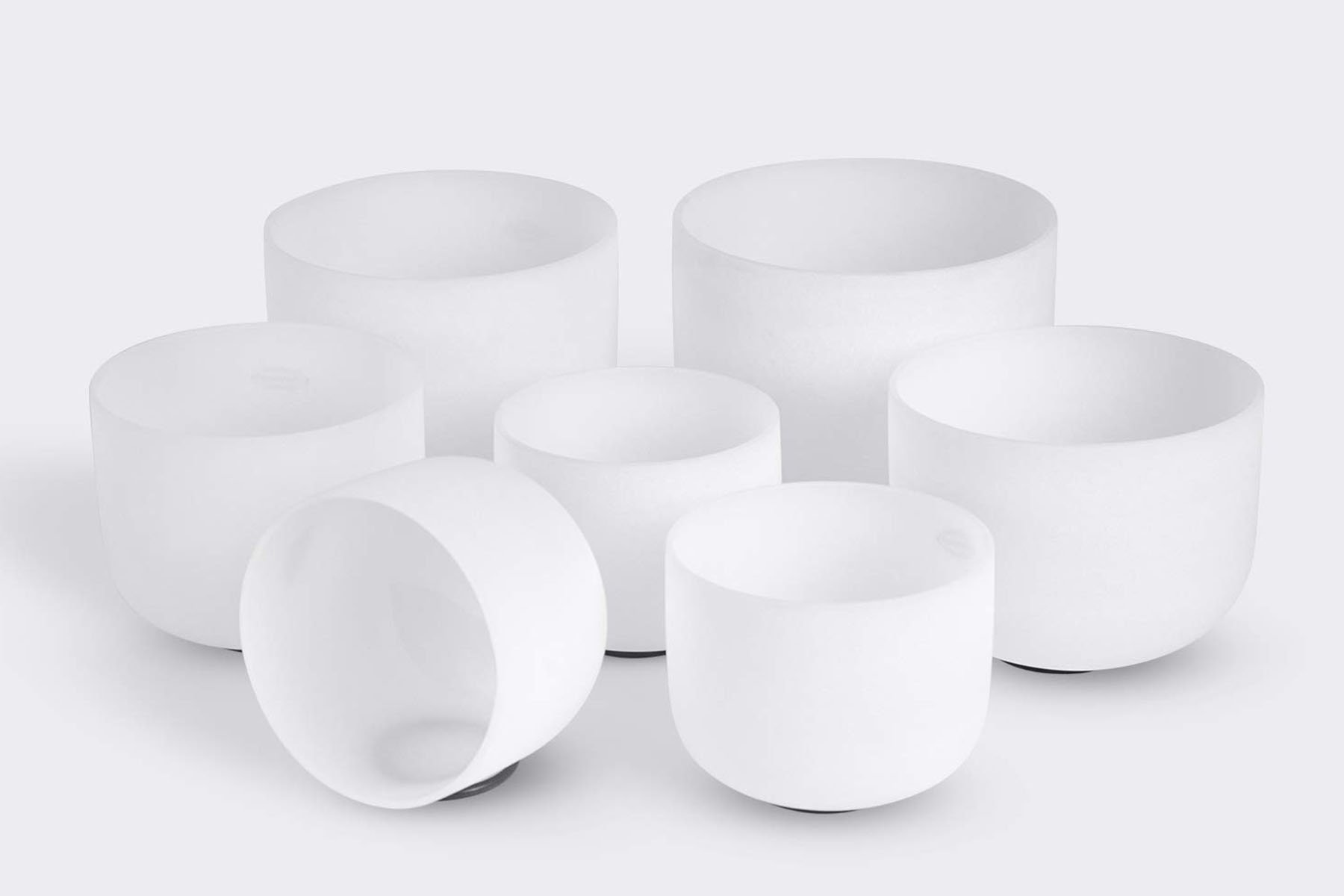What Is a Sound Bath? What You Need to Know About Sound Healing and Therapy

When I was younger, my uncle gifted me a Tibetan singing bowl. At first, I had no idea what it was. (I thought it was a mortar and pestle!) But I soon discovered that with just a flick of my wrist, I could make the most calming, vibrational tone, thanks to the seven metals used to create the bowl. And with that same flick, I could sit in the sound and feel all my stress melt away with its fulfilling vibrations.
I didn’t know it at the time, but I was essentially giving myself a sound bath—a meditation technique used throughout history to enhance wellness.
Sound Bath: What Is It?
Essentially, it’s a guided meditation enhanced by sounds from sacred instruments. Participants relax, fall into a meditative state via the deep vibrations elicited from the bowls, and this is said to bring healing on multiple emotional and physical levels.
https://www.instagram.com/p/BwAIz0uhGjr/
At least, that’s what healers like Lee Ann Dzelzkalns, owner of Syinthesis Sound Healing Center in Glendale, Wisconsin, hope to bring to every person through sound baths. “[We try to] elicit sacred sounds to encourage one to relax the physical body, calm the emotional body, and get the mind to a more serene state,” she said. “We’re trying to offer people an experience that guides them to open what’s been closed and balance what’s been imbalanced, to bring them back into a place of inner harmony.”
Read This Now: The Best Self-Care Routine, Based on Your Sign
But it’s not just healers who love sound baths. The practice has recently become so popular that even celebrities like Robert Downey Jr., Charlize Theron, Kendall Jenner, and Gwyneth Paltrow participate in them regularly.
Science backs up the practice, too; among others, a 2017 study in the Journal of Evidence-Based Complementary and Alternative Medicine specifically explored the effects of Tibetan singing bowls, crystal singing bowls, gongs, Ting-shas (tiny cymbals), dorges (bells), and other small bells on mood, tension, and wellbeing. Of 62 participants, every single one of them benefited from an hour of meditation with the instruments. All of them felt significantly less depressed, fatigued, angry, and tense than before the meditation. In fact, participants who went into the study blind—meaning they didn’t know what sound baths were—had even more powerful results than those who knew about it already.
The History of Sound Healing
Sound baths may seem like a relatively new fad, but they’ve actually been used as a healing method for centuries. Since the beginning of recorded history, each culture has had its own sacred sound—be it a drum, a gong, a didgeridoo, a singing bowl, or something else. But Dzelzkalns says the origin of sound bathing as we know it dates back to Greek philosopher, Pythagoras.
“He was working with his patients using sound, and he discovered there was something happening more than physical healing and relaxation in the body,” she said. “His patients were actually feeling their entire wellbeing shifting physically, emotionally, mentally, and spiritually.”
He noted that when patients were bathed in sound, they had a sort of “soul adjustment” which brought them more in tune with the earth and themselves. The vibrations from sound were then used for everything from curing indigestion to helping people sleep.
Moving forward thousands of years later, scientists in the 1800s set out to prove correlation between music and health by producing a bevy of studies showing a positive relationship between the two. Since then, sound baths languished in the background as a new age, hippy practice—until the past few years when it started to gain steam again. Modern practitioners surmise the rise in popularity is thanks to a desire to disconnect from everything. It’s essentially a way to check out of our technology-fueled lives and relax (and even experience something transformational) for a short time.
The Different Types of Sound Therapy and Why It Works
When we listen to sound, like a big prolonged bang of a gong, we can feel the vibrations—like being at a concert and feeling the bass pulse through your body. What happens is that those vibrations commingle with the vibrations of our own bodies, which then helps bring us back to center.
“We each have our own healthy frequency, but when our frequency becomes altered, that part of our body vibrates out of harmony,” Dzelzkalns said. “As a result, dis-ease, or disease, is initiated.”
Sound bathing brings our bodies back into alignment. The sound waves from each instrument played penetrate our auras and enter the chakra points (by the way, are your chakras balanced?), from there further refining their path into our nervous system, bloodstream, and cellular structure. And that’s where the real magic happens.
https://www.instagram.com/p/BwVDkPsjCmc/
Every instrument used in sound bathing serves a different purpose. Crystal and Tibetan singing bowls, for example, are grounding and good for meditation. Depending on the bowl, they resonate with the heart chakra down to the lower parts of the body. Tibetan bells resonate up in head centers and can help ease congestion. For a deeper, primal sound, gongs and Durga-style drums have that guttural feeling and help break up deep-seated energy that may be weighing you down.
Read This Now: What Color Is Your Sexual Aura?
Gongs in particular come in all sorts of styles for different purposes—Jupiter gongs are expansive and leave you feeling lighter; Venus and Moon gongs are gentle and soft to help you drift into meditation. Tubular chimes are similar; all different sizes are used in sound bathing.
So, in essence, for each situation, a specific instrument is needed. For instance, there are specific times (such as treating a person dealing with grief) that Dzelzkalns will use her Pythagorean monochord table—a flat surface for someone to lay on with guitar-like strings underneath.
What Are the Benefits of a Sound Bath?
The main goal of a sound bath is a return to a harmonic state with inner balance and peace of mind. But people who regularly sound bathe report all sorts of other benefits as well: slower heart rate, lower blood pressure, lessened anxiety, decreased stress, heightened mental clarity, increased energy, heightened awareness, and more.
“People come in here feeling stressed and discombobulated,” Dzelzkalns said. “After just an hour of a sound healing journey, they feel a sense of recalibration, reharmonization, and restabilization of self.”
Read This Now: How Every Sign Can Feel Better Right Now
https://www.instagram.com/p/BmaQq4IAKDP/
In fact, the meditation can get so deep and intense sometimes that people will physically jump or shout without knowing it. These small body jerks and emotional vocalizations are completely normal, though. It happens when you’ve been so tense and suddenly relax, to the point that all your emotional attachments just start to drift away.
Most people leave a sound bathing session feeling relaxed, or shifted in some way. Some do get nauseous or dizzy afterwards, though, or feel like they should confront some emotional trauma that unearthed itself through the process. If that happens, it’s good to seek out a therapist and fully resolve the issue. Any physical discomfort will fade soon after the soundbath—and will likely become less frequent if the practice is kept up.
“If you can maintain a regularity with coming to a sound bath, a sound journey, or going on the sound table, that’s going to help you keep your energetic body, your subtle body, harmonically happy and humming,” Dzelzkalns said.
How Much Does a Sound Bath Cost? And Where Do You Get One?
The cost to bathe yourself in sound varies wildly based on the experience. While Dzelzkalns charges $150 for her 90-minute, private sound healing journeys, her group journeys start at just $25. Other sound bath sessions can start as low as $10 for a half hour with a gong, or up to $250 for a one-hour session at the super deluxe Integratron in the Mojave Desert.
If you can’t afford a session or don’t have the time, even 15 minutes of a sacred sound from one of the instruments will help ground you. In a pinch, you can watch a sound healing video on YouTube, or you can purchase your own meditation bowl! If you’re looking to buy, here are a couple great options to start with:
Perfect Pitch Quartz Singing Bowl

Perfect Pitch Frosted Quartz Singing Bowl, $99.99
Reehut Tibetan Meditation Singing Bowl

Reehut Tibetan Meditation Singing Bowl, $16.99
TOPFUND Singing Bowls, Set of 7, 8-12 inch

TOPFUND Singing Bowls, Set of 7, 8-12 inch, $629.99
Lead photo courtesy of @maharosenyc


